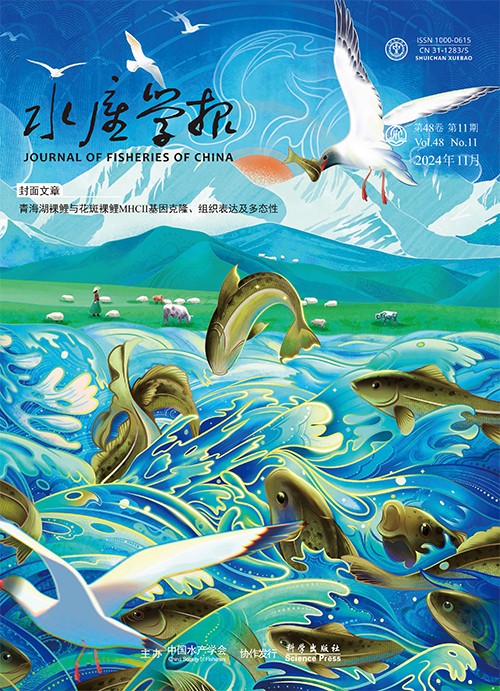Acoustic survey of the Symplectoteuthis oualaniensis resources in the South China Sea based on light falling-net
Q4 Environmental Science
引用次数: 2
Abstract
Symplectoteuthis oualaniensis is a pelagic squid species widely distributed in the Indo-Pacific region,especially in the South China Sea,S.oualaniensis is the dominant species and therein there exists abundant biomass in the central and southern deep sea.It is necessary to carry out the exploitation and assessment of S.oualaniensis resources to promote the development of the fishery resources of the South China Sea.Due to the low population densities in natural conditions,resource survey by using squid jigging machine or pelagic trawl is ineffective.Although fisheries acoustics is a faster and more efficient way to assess the resources,because of insufficient data on biology and acoustic characteristics,it(when used alone)is not a perfect method.Therefore,the aim of this study is to explore a reasonable and effective assessment method and provide theoretic basis for reasonable utilization.This study proposes a model which combines light falling-net and acoustic survey by using a split-beam echo-sounder(Simrad EY60,120 kHz).Based on the acoustic data and biological data obtained from light falling-net conducted in the South China Sea from April to May in 2011,S.oualaniensis distribution,population structures,as well as method of acoustic survey were analyzed.The results showed that the effects of light trapping squids were obvious and the squid was mainly distributed at depths of 0-100 m.The average mantle length range was 10.4 to 14.2 cm,and the corresponding range of average target strength was-58 to-60.7 dB.Based on an analysis of collected data,the relationship TS=21.23logML-82.48 was obtained for S.oualaniensis at 120 kHz,with TS in dB and ML in centimeters.Our results indicated that this method is feasible and could provide important theoretical support for the squid resource assessment.基于光落网法的南海海星藻资源声学调查
simplectoteuthis oualaniensis是一种广泛分布于印度-太平洋地区,特别是中国南海的远洋鱿鱼。walalaniensis是优势种,在深海中部和南部存在丰富的生物量。为促进南海渔业资源的开发利用,有必要开展南水北调资源的开发与评价。由于自然条件下鱿鱼种群密度低,利用跳汰机或远洋拖网进行资源调查效果不佳。虽然渔业声学是一种更快更有效的评估资源的方法,但由于生物学和声学特性的数据不足,它(单独使用时)不是一种完美的方法。因此,本研究旨在探索一种合理有效的评价方法,为合理利用提供理论依据。本文提出了一种利用分束式回声测深仪(Simrad EY60,120 kHz)进行光落网和声测相结合的模型。基于2011年4 - 5月在南海进行的光落网观测的声学数据和生物数据,分析了乌拉尼蠓的分布、种群结构和声学调查方法。结果表明:捕光鱿鱼效果明显,主要分布在0 ~ 100 m深度;地幔平均长度范围为10.4 ~ 14.2 cm,对应的平均靶强度范围为-58 ~ 60.7 dB。对收集到的数据进行分析,得到S.oualaniensis在120 kHz时的TS=21.23logML-82.48, TS单位为dB, ML单位为cm。结果表明,该方法是可行的,可为鱿鱼资源评价提供重要的理论支持。
本文章由计算机程序翻译,如有差异,请以英文原文为准。
求助全文
约1分钟内获得全文
求助全文
来源期刊

水产学报
Environmental Science-Management, Monitoring, Policy and Law
CiteScore
1.40
自引率
0.00%
发文量
5213
期刊介绍:
"Fisheries of" mainly reflects the results of scientific research and development of the direction of aquaculture for domestic and foreign academic exchanges Fisheries Service. Mainly basic research published in Fisheries, aquaculture and proliferation of fishing waters environmental protection, preservation of aquatic products processing and utilization, fishing equipment, and other aspects of mechanical papers, research briefings and reviewed.
 求助内容:
求助内容: 应助结果提醒方式:
应助结果提醒方式:


